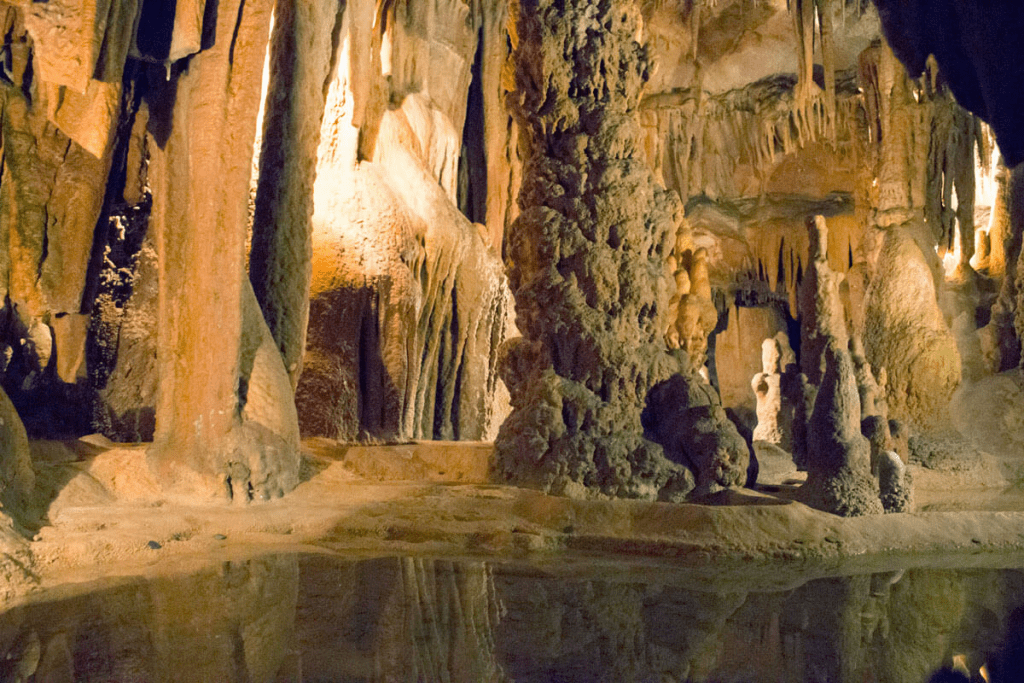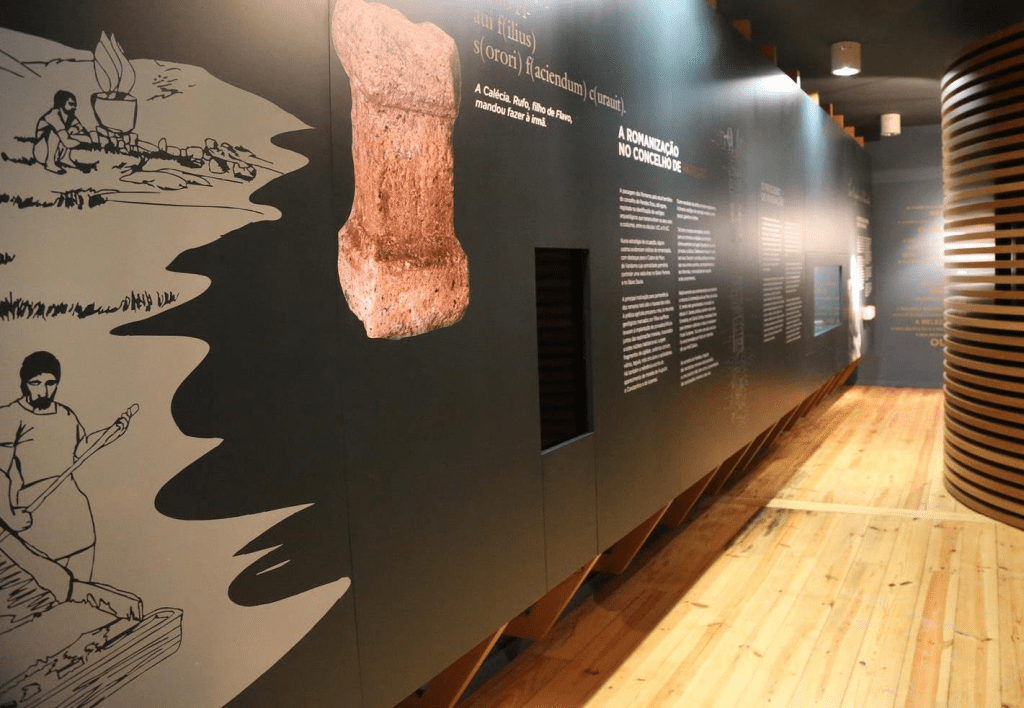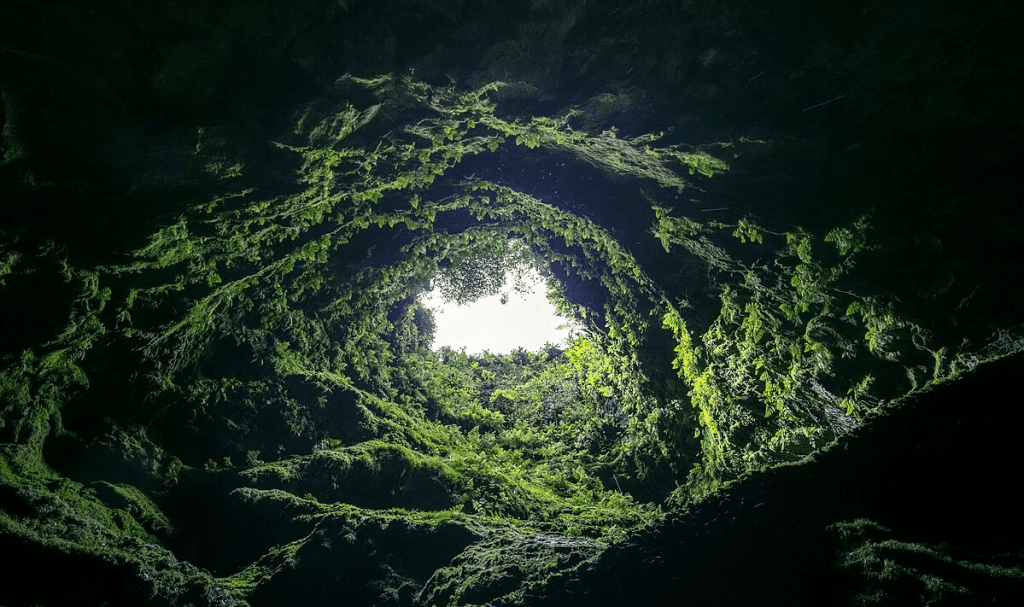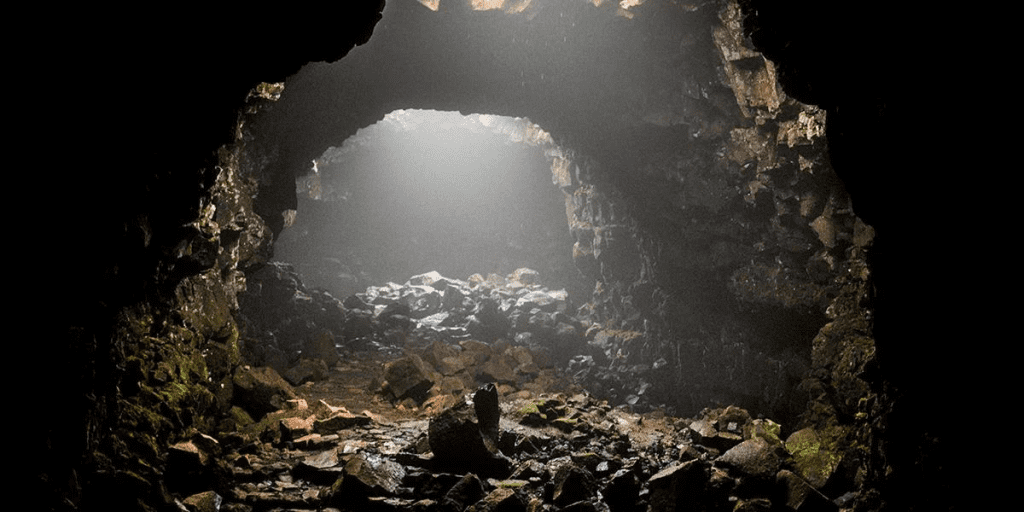
1. Mira d’Aire Caves
Near the town of Mira d’Aire, these are the largest tourist caves in Portugal. Discovered in 1947, the caves extend over 11 kilometers, though only a small part is open to visitors. Descend steep stairs into cool, humid air and discover stalactites and stalagmites shaped over thousands of years. The main chamber, the Great Hall, feels like a natural cathedral.
Public access: Open year-round with guided tours.
Location: Mira d’Aire, Centro, Portugal

2. Alvados Caves
Also near Mira d’Aire, the Alvados Caves offer unique limestone formations in a quieter setting. Stalactites and stalagmites create a hypnotic rhythm as water drips through the chambers.
Public access: Open with guided tours.
Location: Alvados, Centro, Portugal

3. Santo António Caves
Close to Porto de Mós, these caves are known for clear underground water and impressive formations. Wide chambers and winding passages evoke an underground palace.
Public access: Open to the public.
Location: Porto de Mós, Centro, Portugal

4. Moeda Caves
Near Fátima, these limestone caves were discovered in 1971. The Crib Room features formations reminiscent of biblical figures, enhanced by subtle lighting.
Public access: Guided tours available.
Location: Fátima, Centro, Portugal

5. Escoural Caves
An archaeological treasure in the Alentejo, Escoural contains Upper Paleolithic paintings and bone remains. Entering is like walking into a natural museum of early human life.
Public access: Open with guided tours.
Location: Montemor-o-Novo, Alentejo, Portugal

6. Castromil Gold Mine
Historic gold mine near Paredes, used by Romans and during the 19th–20th-century gold rush. Visitors can explore deep shafts and learn about mining techniques.
Public access: Open for guided visits.
Location: Paredes, Norte, Portugal

7. Lousal Mining Museum & Galeria Waldemar
Former pyrite mine in Setúbal with underground galleries showcasing historical mining operations. An immersive experience combining history and geology.
Public access: Open year-round.
Location: Setúbal, Portugal

8. Loulé Rock Salt Mine
In the Algarve, this operational salt mine reaches more than 230 meters underground. Guided tours highlight bright white salt walls reflecting light, creating an otherworldly environment.
Public access: Open year-round; guided tours required.
Location: Loulé, Algarve, Portugal

9. Quinta da Regaleira Initiation Well
In Sintra, the well descends nine levels symbolizing Dante’s circles of hell. Spiral staircases and moss-covered walls create a mystical atmosphere.
Public access: Open to visitors.
Location: Sintra, Lisbon District, Portugal

10. Lisbon Roman Galleries
Hidden beneath downtown Lisbon, these Roman galleries date back centuries. Occasionally opened during April and September, they reveal ancient tunnels and arches.
Public access: Open only during special events.
Location: Lisbon, Portugal

11. Benagil Cave
Famous sea cave in the Algarve, accessible only by boat, kayak, or paddleboard. Sunlight streams through a ceiling opening, illuminating turquoise water and golden sand.
Public access: Accessible by sea only.
Location: Benagil, Algarve, Portugal

12. Algar do Carvão
A volcanic chimney on Terceira Island, Azores, featuring lush walls and an underground lake. A geological marvel within a dormant volcano.
Public access: Open to the public.
Location: Terceira Island, Azores, Portugal

13. Algar de São Jorge
On São Jorge Island, Azores, this volcanic cave offers striking geological formations in a less-visited setting.
Public access: Open with guided tours.
Location: São Jorge Island, Azores, Portugal

14. Grutas de São Vicente
Madeira’s volcanic caves formed 890,000 years ago, with basalt lava tubes and stalactites. A 700-meter trail reveals the island’s volcanic history.
Public access: Open year-round.
Location: São Vicente, Madeira, Portugal
15. Grutas de Fétalas
Remote limestone caves near Loulé, Algarve, with unusual formations and tranquil surroundings.
Public access: Accessible through local guides.
Location: Loulé, Algarve, Portugal

16. Poço da Broca
A scenic underground waterfall and pool in the Alentejo region. Carved into rock, it combines natural beauty with historical engineering.
Public access: Open via short hiking trail.
Location: Barriosa, Alentejo, Portugal

17. Pedra da Moura Cave
Known for prehistoric rock art, this Alentejo cave reveals archaeological evidence of early human activity.
Public access: Visits via guided tours.
Location: Alentejo, Portugal

18. Castelo de Vide Underground Aqueducts
Ancient Roman water channels beneath Castelo de Vide, showcasing early engineering ingenuity.
Public access: Some sections open to visitors.
Location: Castelo de Vide, Alentejo, Portugal
19. Grutas de Alvados Extension
Additional galleries adjacent to the main Alvados Caves, featuring rare formations and narrow passages.
Public access: Guided tours only.
Location: Alvados, Centro, Portugal
20. Grutas de Mira de Aire Extension
Beyond the main show caves, lesser-known galleries provide a more adventurous exploration of Portugal’s limestone wonders.
Public access: Sometimes open via guided tours.
Location: Mira d’Aire, Centro, Portugal



